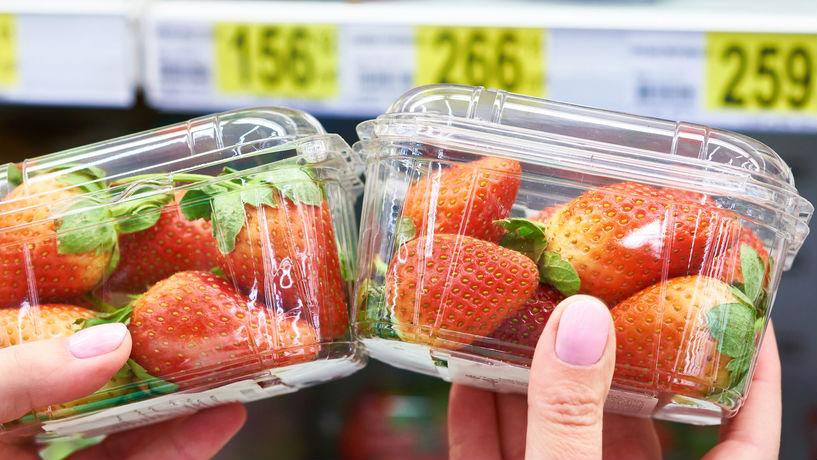
It’s been a terrifying week for Australians who have purchased or consumed strawberries. To date, six brands of strawberries, four states and multiple people have been impacted by strawberries contaminated with small needles.
The strawberry needle threat is spreading. Police advise all Australians to use extra caution when eating strawberries and report any contamination.
On Sunday, September 9th, Mr. Hoani Hearne, who resides north of Brisbane purchased a punnet of strawberries from his local Woolworths. Unfortunately, Mr. Hearne consumed the contaminated strawberries and required medical treatment for severe abdominal pain.
On Wednesday, September 12th, supermarkets started to withdraw berries from their shelves and Queensland Health issued a trade recall. Since Wednesday, more Australians have fallen victim to contaminated berries. A police investigation is currently underway to determine the risk and cause of the contamination.
The following brands of berries may have been compromised:
- Donnybrook Berries
- Love Berry
- Delightful Strawberries
- Berry Obsession
- Berry Licious
- Oasis Brands
Anyone in possession of the Donnybrook, Berry Obsession and Berry Licious strawberries should dispose of them or return to the place of purchase.
As of September 14th, Queensland Health is advising that it is now safe for Australians to purchase strawberries but recommend to cut or mash strawberries before eating them.
The reports of contaminated berries describe the contamination as follows:
- The needles are small, similar to what a tailor would use for sewing.
- Needles are pushed into the berry from the top green stem.
- The needles cannot be easily seen or felt.
Examining the berries from the outside won’t prevent consumers from coming into contact with a needle.
Although police have not concluded their investigation, the Queensland Strawberry Growers Association claim a disgruntled ex-employee is responsible for the contaminated berries. There are also speculations that some brands of berries have been contaminated by ‘copycats’.
Trade Recall vs Consumer Recall
The issue has sparked some criticism from consumers and food safety experts, as a trade recall not a consumer recall was issued.
A trade recall recovers food that has not been sold directly to consumers and involves retrieving the product from distribution centres and wholesalers. A consumer recall is more extensive, recovering the food from all points in the production and distribution chain.
Response Time
Consumers are also questioning if the supermarkets acted promptly enough. The berries from the first incident were not withdrawn from supermarket shelves until two complaints came forward and three days had passed.
By law, companies are required to immediately report any suspected cases of contamination by phoning a 24-hour hotline.
How to Prevent Physical Contamination of Food
The current strawberry threat is an example of physical contamination. The reports of needles in strawberries are shocking and disturbing. Unfortunately, physical contamination of food is common. It’s typical for people to find hair, glass, metal, dirt and even fake nails in their food.
To prevent being the victim of physical contamination, it’s important to:
- always inspect food thoroughly
- wash fruits and vegetables
- never purchase or use packaged foods with dents, tears or evidence of tampering
- only eat food prepared by employees wearing hair nets, hats and disposable gloves
For any concerns about contaminated strawberries, please contact:
- your general practitioner (if you’ve consumed contaminated berries)
- the retailer who sold the berries
- Queensland Health at 13 HEALTH (13 43 25 84)





